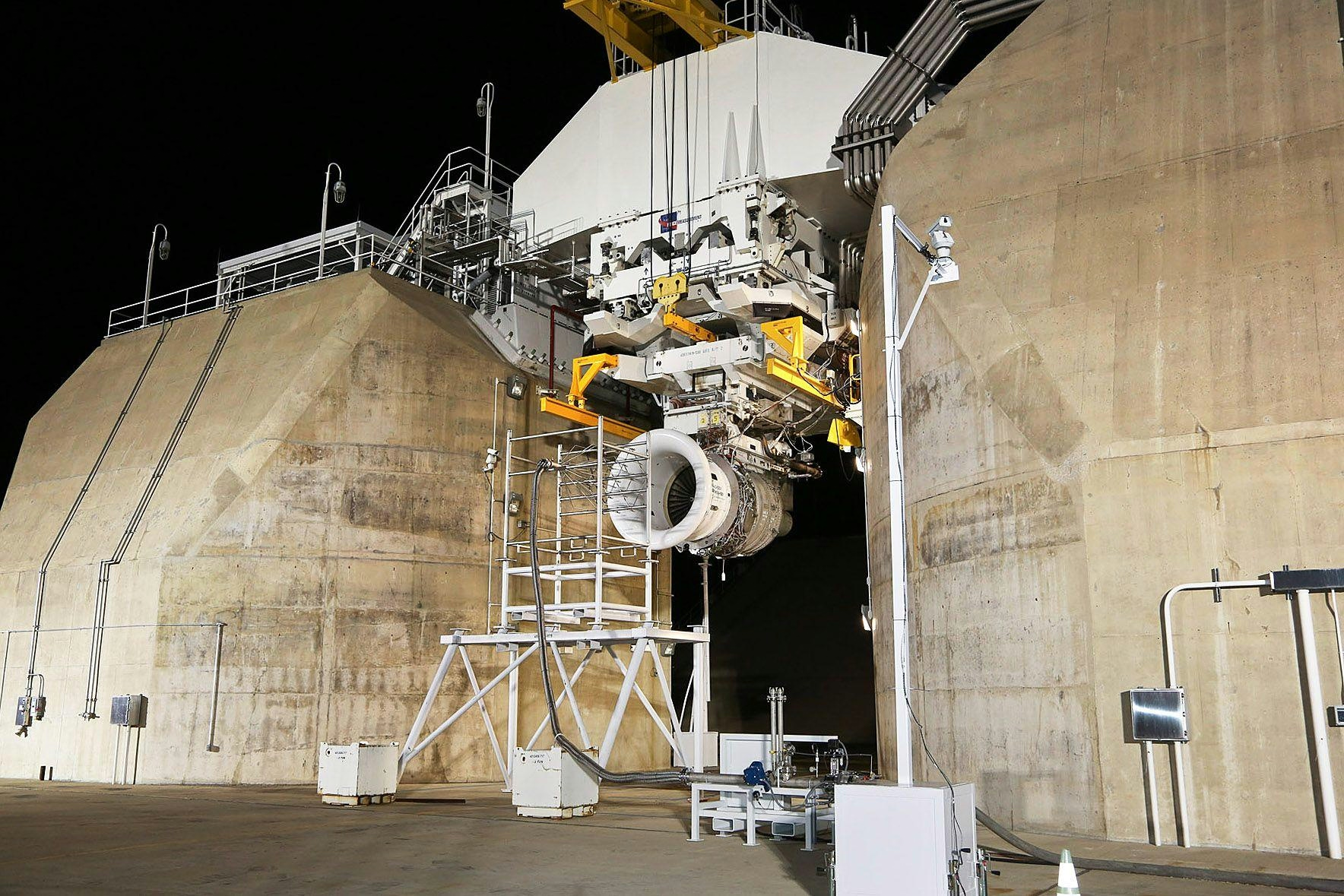
AeroGenie – Ihr intelligenter Copilot.
Trends
Categories
Aviation Industry Responds to Rising Turbulence
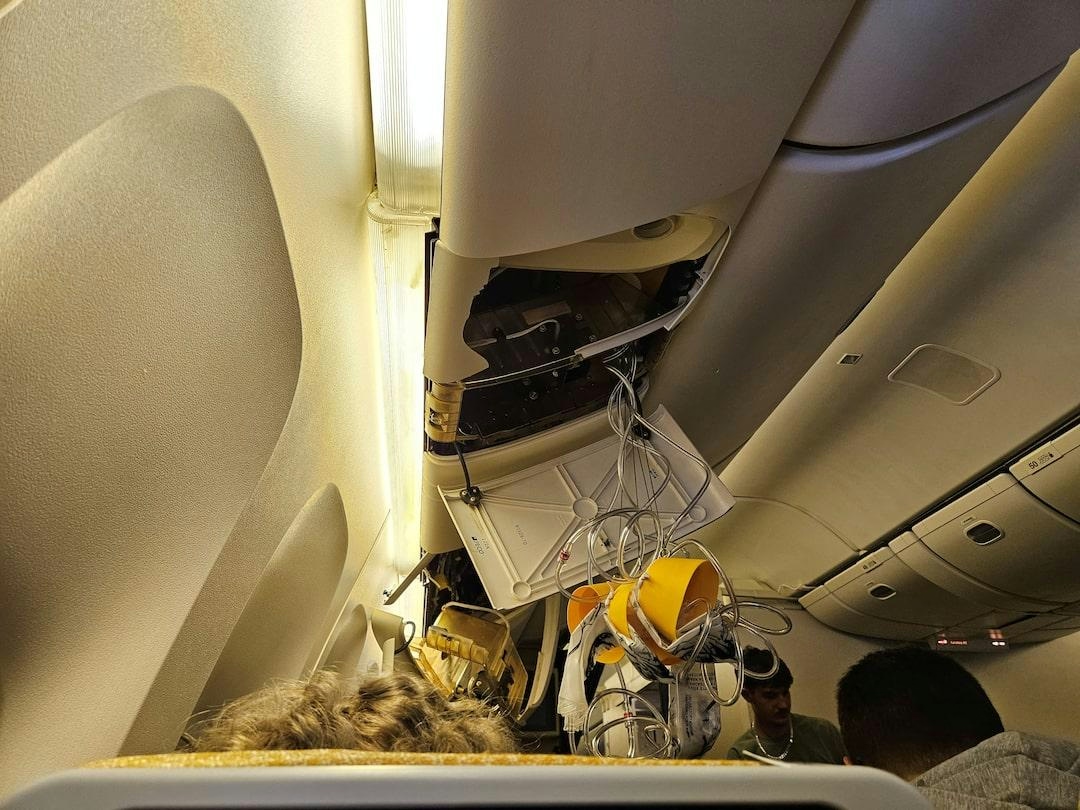
Aviation Industry Responds to Rising Turbulence
Technological Innovations in Turbulence Detection
The aviation sector is increasingly focused on addressing the escalating challenge of turbulence, prompting significant technological advancements aimed at enhancing flight safety. Among the most promising developments is the application of Light Detection and Ranging (Lidar) technology, which has been under exploration since at least 2010. Lidar operates similarly to the systems employed by autonomous vehicles, generating a three-dimensional map of the surrounding airspace. This capability offers the potential for pilots to detect and avoid turbulent zones well in advance.
A notable advancement emerged from a 2023 Chinese study, which introduced a "dual-wavelength" Lidar system capable of detecting light-to-moderate clear-air turbulence up to 10 kilometers ahead of an aircraft. Despite this progress, practical implementation remains challenging. At typical cruising altitudes, the reduced density of air molecules diminishes Lidar’s effectiveness, necessitating larger, heavier, and more energy-demanding equipment than what current commercial aircraft can feasibly support.
Operational Pressures and Industry Responses
These technological hurdles coincide with broader operational difficulties confronting the aviation industry. Recent incidents, such as a radar malfunction that caused widespread delays and cancellations across Europe, have intensified demands for reform in air traffic control (ATC) systems. Airlines like Ryanair have publicly called for improvements to ATC infrastructure to prevent similar disruptions and enhance overall operational resilience.
Simultaneously, airlines face increasing scrutiny over reliability and customer satisfaction. The Flightright Index 2025 underscores persistent challenges related to flight punctuality and service quality, drawing heightened attention from regulators and passengers alike. In response, carriers are revising their operational strategies to better manage these pressures. For instance, Swiss International Air Lines is proactively reassessing its plans ahead of the peak summer travel season to mitigate potential disruptions.
Future Outlook for Aviation Safety and Reliability
As turbulence incidents become more frequent and operational challenges continue, the aviation industry is under mounting pressure to invest in both technological innovation and systemic reform. Market analysts suggest that these developments may prompt stricter regulatory oversight and renewed efforts to improve service reliability across the sector. The successful integration of advanced detection technologies such as Lidar, combined with enhancements in ATC infrastructure and airline operational practices, will likely be critical to ensuring safer and more dependable air travel in the coming years.
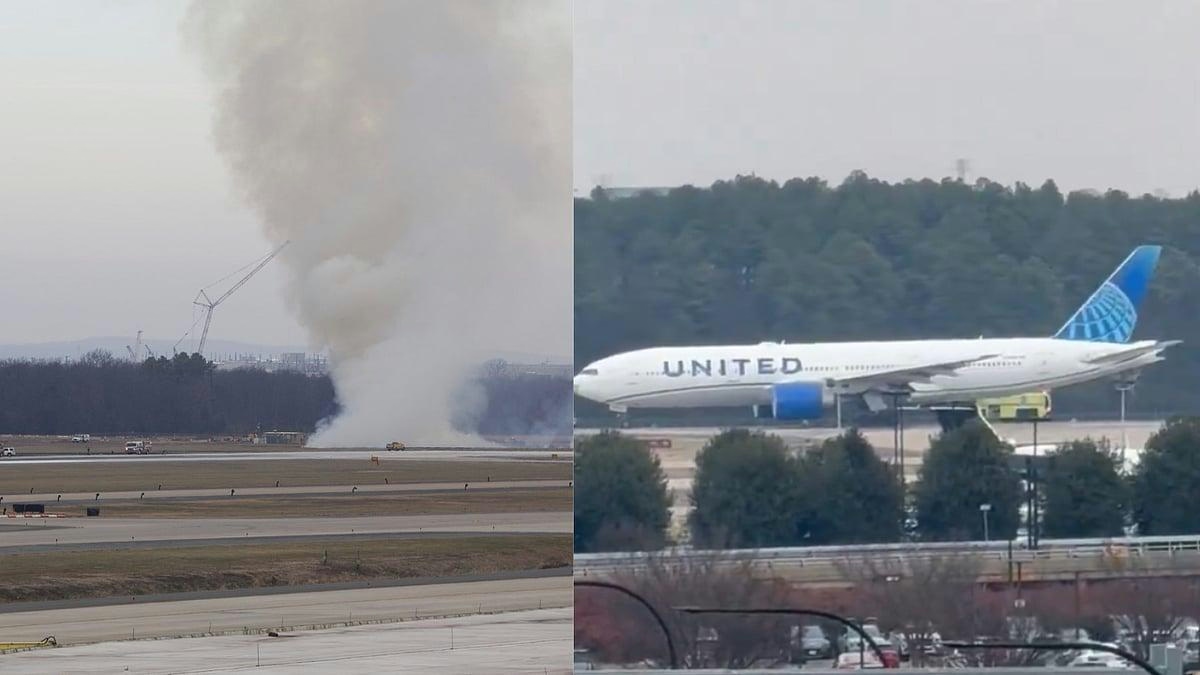
Boeing 777 Engine Failure Reported at Dulles Airport
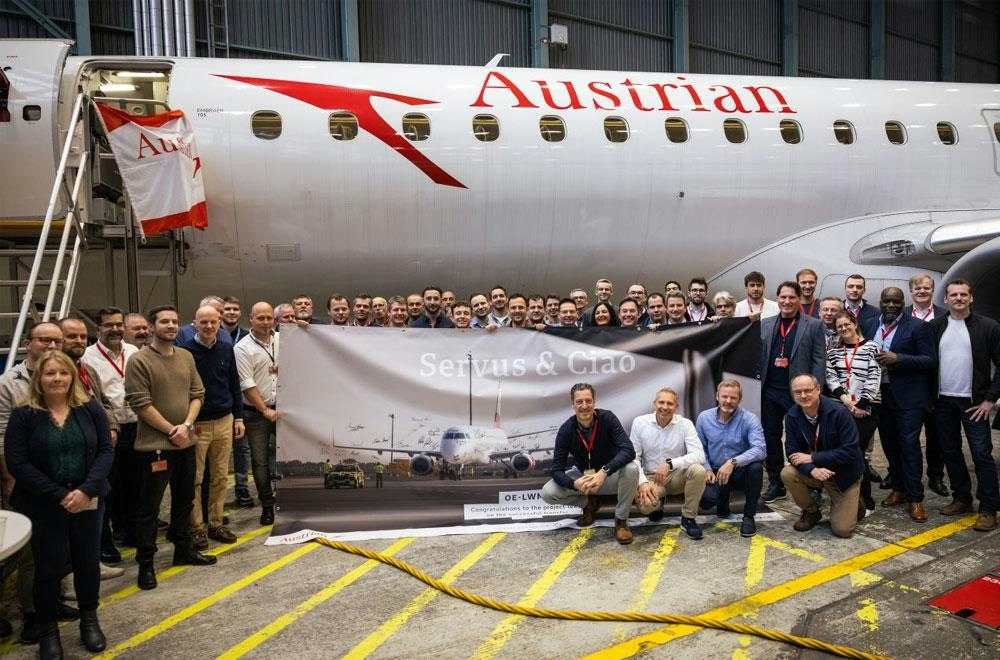
Austrian Airlines Transfers Embraer Fleet to Air Dolomiti
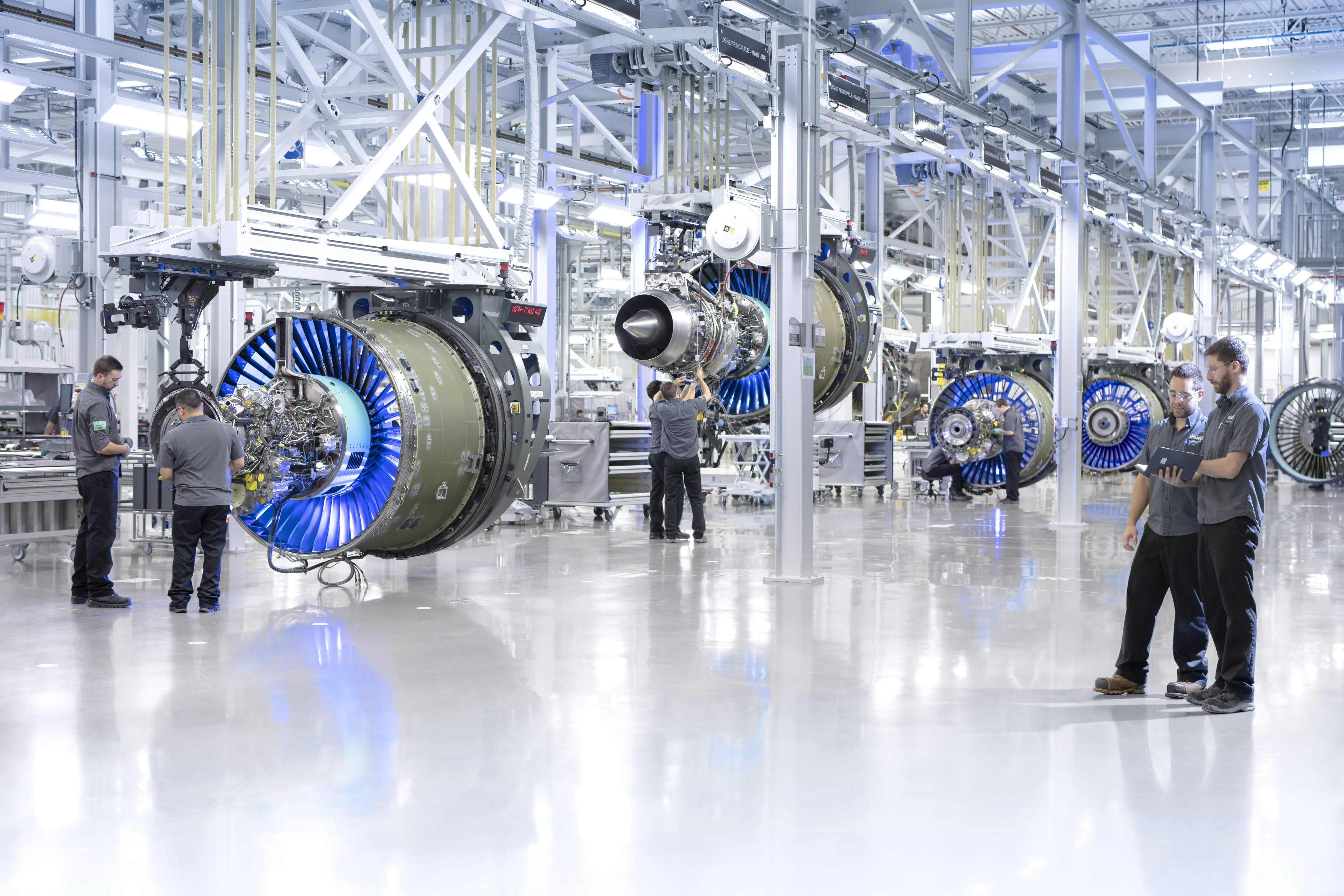
Airbus and Ingenium Open Aerospace Innovation Lab in Ottawa
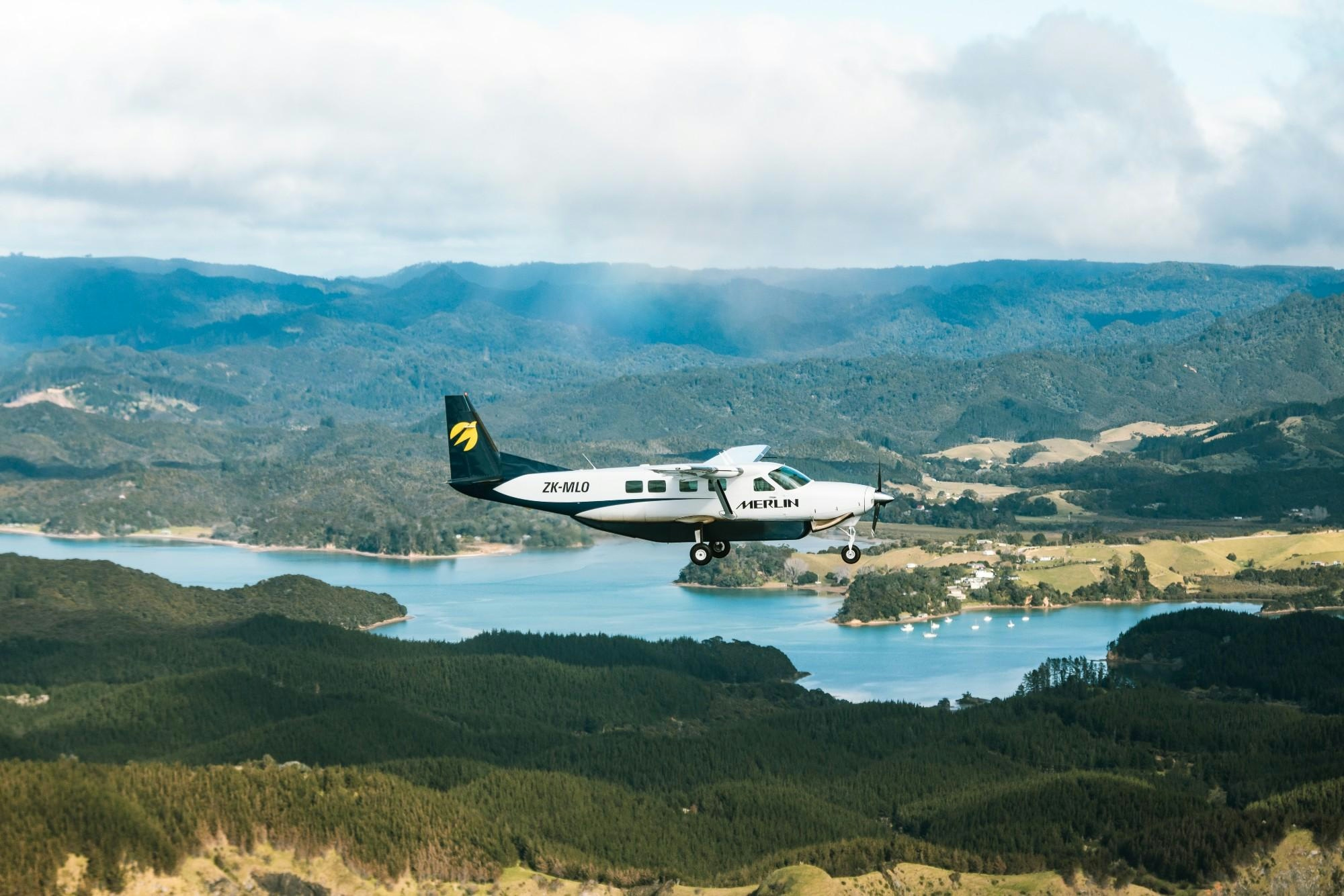
Merlin Labs: AI Aviation Company with SPAC Downside Protection
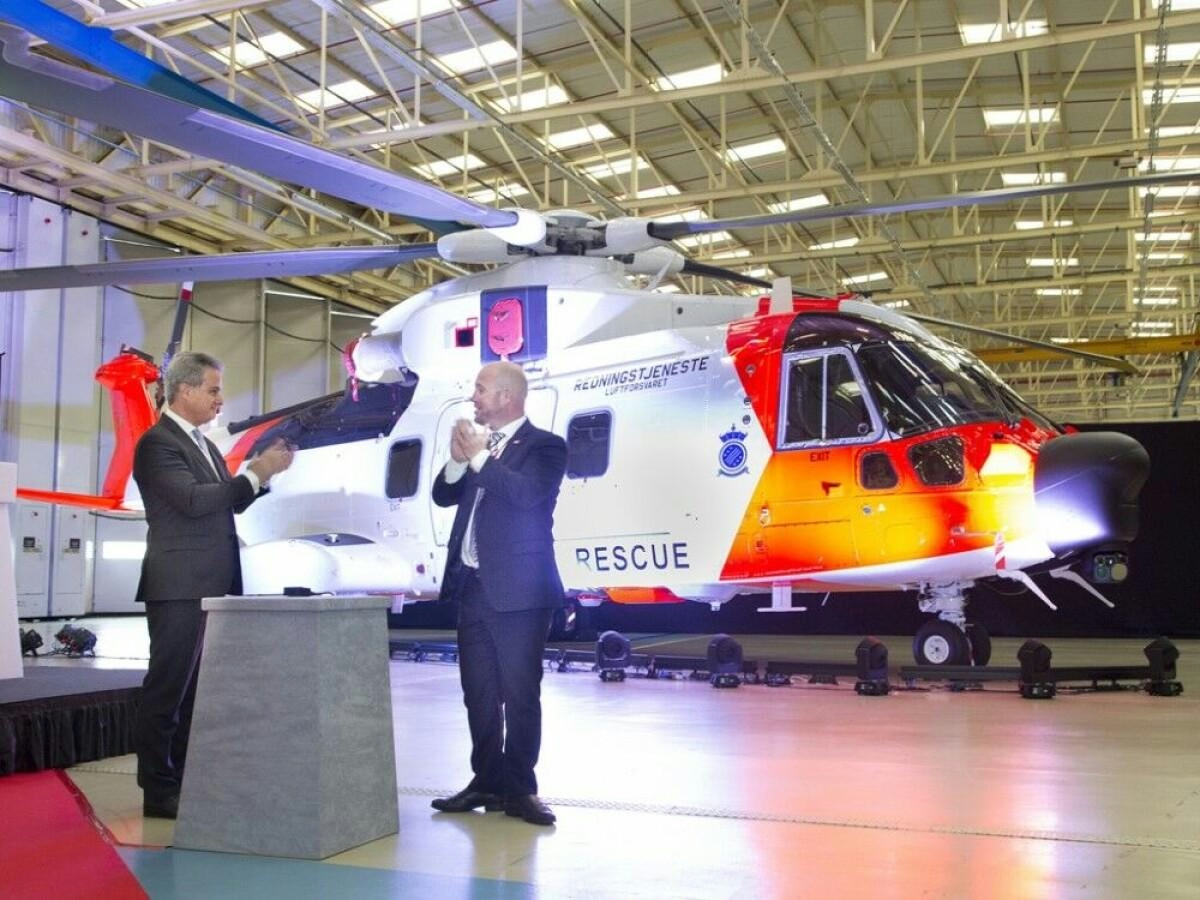
Heli-One Extends AW101 Search and Rescue Support in Norway

Falko Completes First Aircraft Sale in Japan
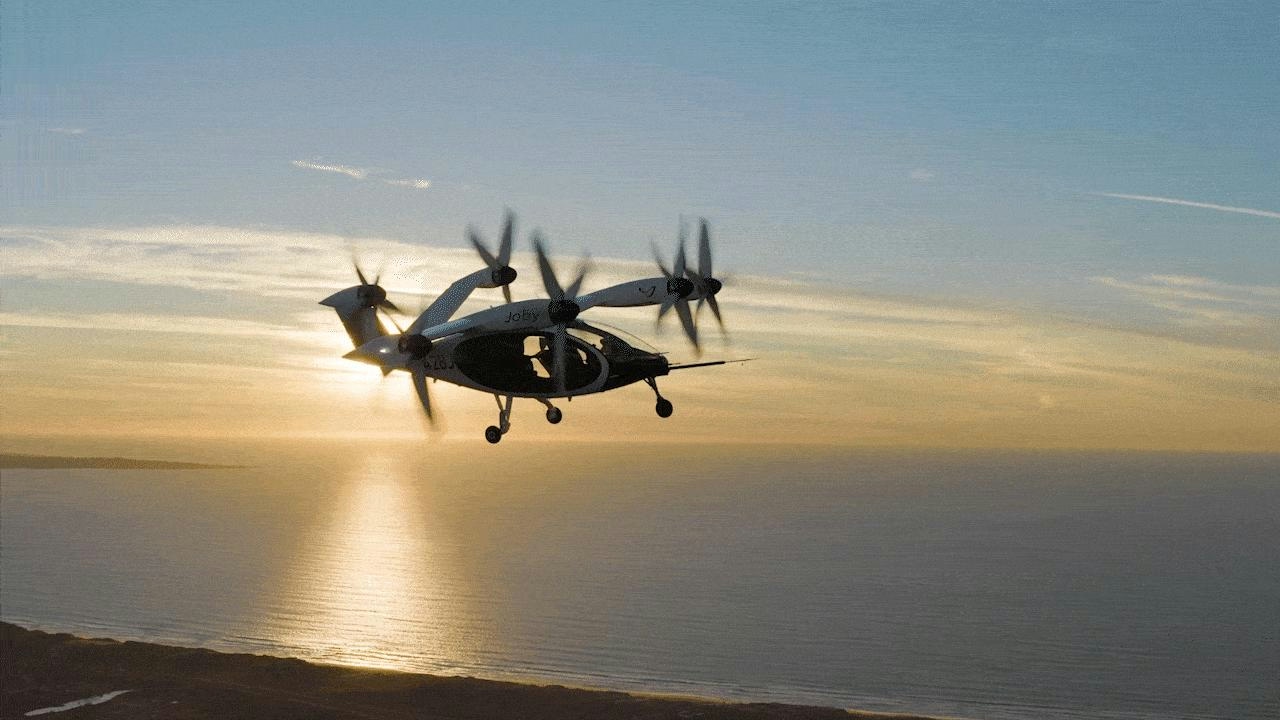
Joby Surpasses 50,000 Air Taxi Miles, Completes Fourth Global Demonstration

SWISS Renews Boeing 777 Component Support Agreement with LHT
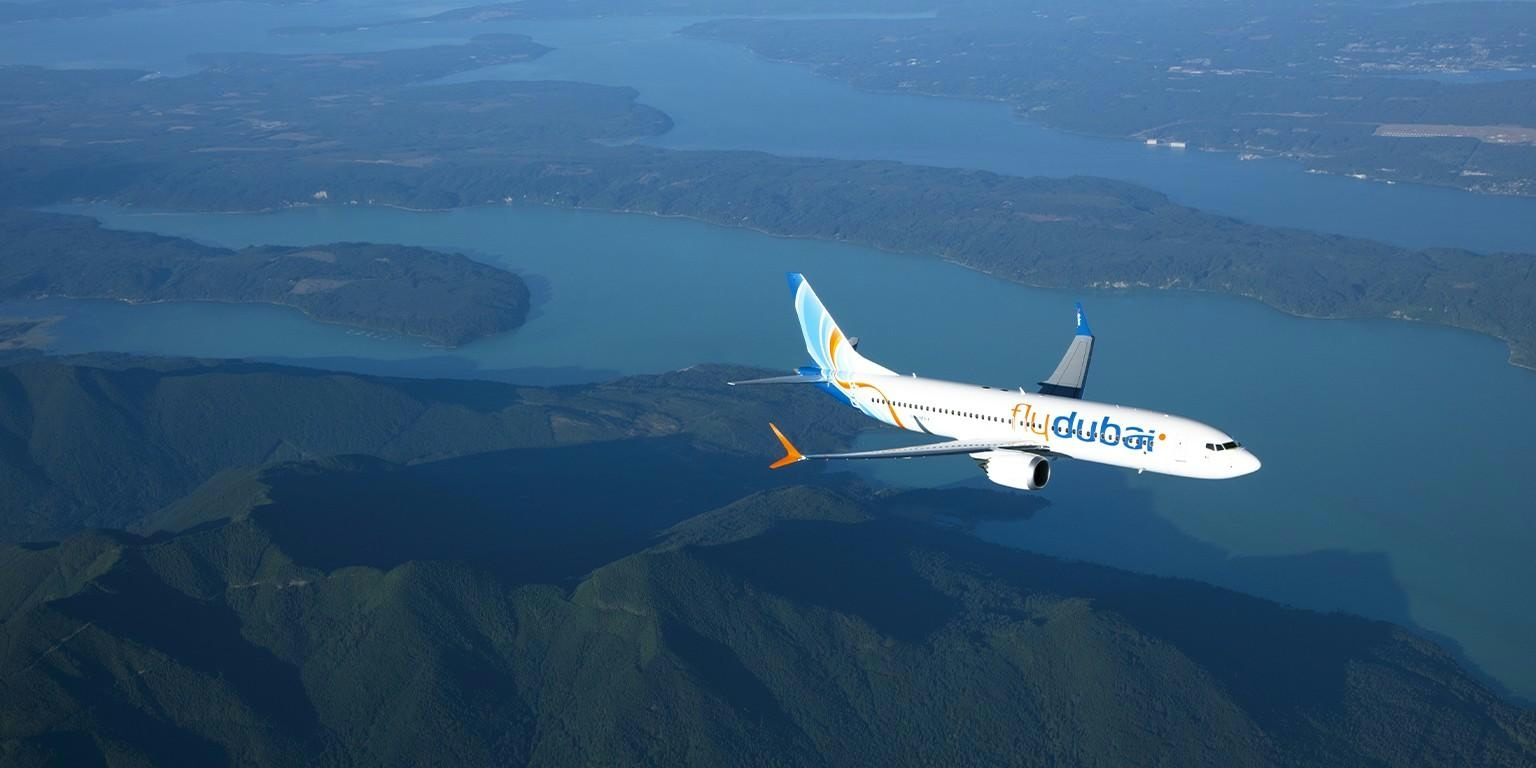
Flydubai Partners with Amazon Web Services to Enhance Digital Operations
